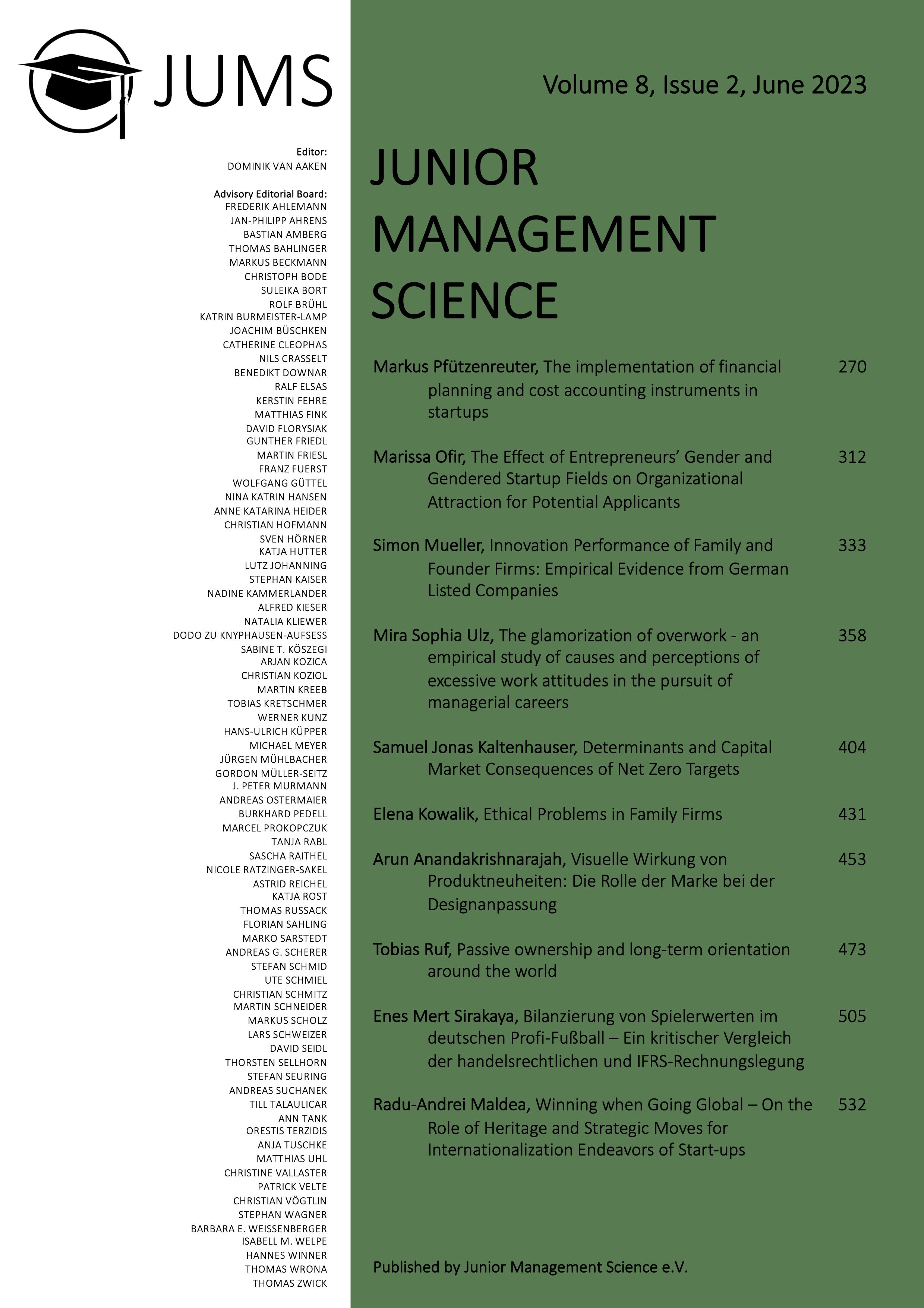Abstract
While the central value drivers of traditional companies consist of products or services, the central assets of soccer companies are their players. In the accounting literature, sports companies are only insufficiently considered, which is the basis of this work. This thesis focuses on the German professional soccer league. The aim of this work is to answer the question of whether soccer players are recognizable at all and how they should be valued in the financial statements. In doing so, German commercial law is compared to IFRS. The recognition criteria and valuation rules of both standards are elaborated before a literature-based subsumption is made, considering the different objectives of the standards. The results show that the recognition of player values under German commercial law is more controversial than under IFRS and that there are important differences in the valuation of loan transactions and player sales. Furthermore, the applicability and determination of the fair value of soccer players under the primary procedures of the standards proves to be difficult. Therefore, the literature should focus more on models for determining the fair value of soccer players, as there is no common procedure in this area and this would be beneficial for several reasons.
Keywords: Soccer club; Soccer player; Bundesliga; Recognition; Valuation.

This work is licensed under a Creative Commons Attribution 4.0 International License.
Copyright (c) 2023 Enes Mert Sirakaya

